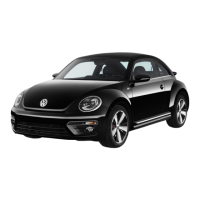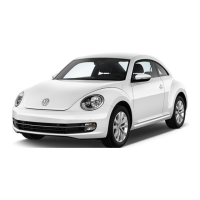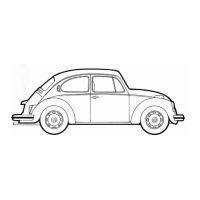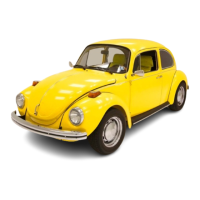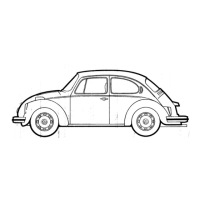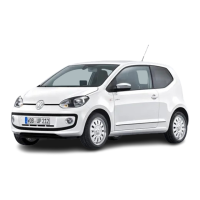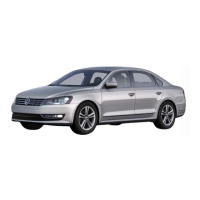P
r
o
t
e
c
t
e
d
b
y
c
o
p
y
r
i
g
h
t
.
C
o
p
y
i
n
g
f
o
r
p
r
i
v
a
t
e
o
r
c
o
m
m
e
r
c
i
a
l
p
u
r
p
o
s
e
s
,
i
n
p
a
r
t
o
r
i
n
w
h
o
l
e
,
i
s
n
o
t
p
e
r
m
i
t
t
e
d
u
n
l
e
s
s
a
u
t
h
o
r
i
s
e
d
b
y
V
o
l
k
s
w
a
g
e
n
A
G
.
V
o
l
k
s
w
a
g
e
n
A
G
d
o
e
s
n
o
t
g
u
a
r
a
n
t
e
e
o
r
a
c
c
e
p
t
a
n
y
l
i
a
b
i
l
i
t
y
w
i
t
h
r
e
s
p
e
c
t
t
o
t
h
e
c
o
r
r
e
c
t
n
e
s
s
o
f
i
n
f
o
r
m
a
t
i
o
n
i
n
t
h
i
s
d
o
c
u
m
e
n
t
.
C
o
p
y
r
i
g
h
t
b
y
V
o
l
k
s
w
a
g
e
n
A
G
.
WARNING
♦ When charging recycling bottles (compressed gas con‐
tainers), observe existing regulations, technical rules and
laws.
♦ Never overcharge recycling bottles. The gas cushion (ex‐
pansion space) of overcharged recycling bottles is too
small to accommodate expansion of the fluid caused by a
rise in temperature. There is a risk that the bottle will burst.
♦ For your own safety, use only recycling bottles with a built-
in safety release valve.
♦ Recycling bottles must be weighed on a calibrated scale
while being charged. The maximum permitted charge
quantity is 75% (fill factor 0.75) of the charge weight shown
on the recycling bottle (the possibility cannot be excluded
that along with the refrigerant, refrigerant oil is drawn into
the recycling bottle).
Amarok 2011 ➤ , Beetle 2012 ➤ , Bora 1999 ➤ , CC 2010 ➤ , CC 2012 ➤ , ...
Air conditioning system with refrigerant R134a - Edition 10.2014
54 Rep. gr.00 - Technical data

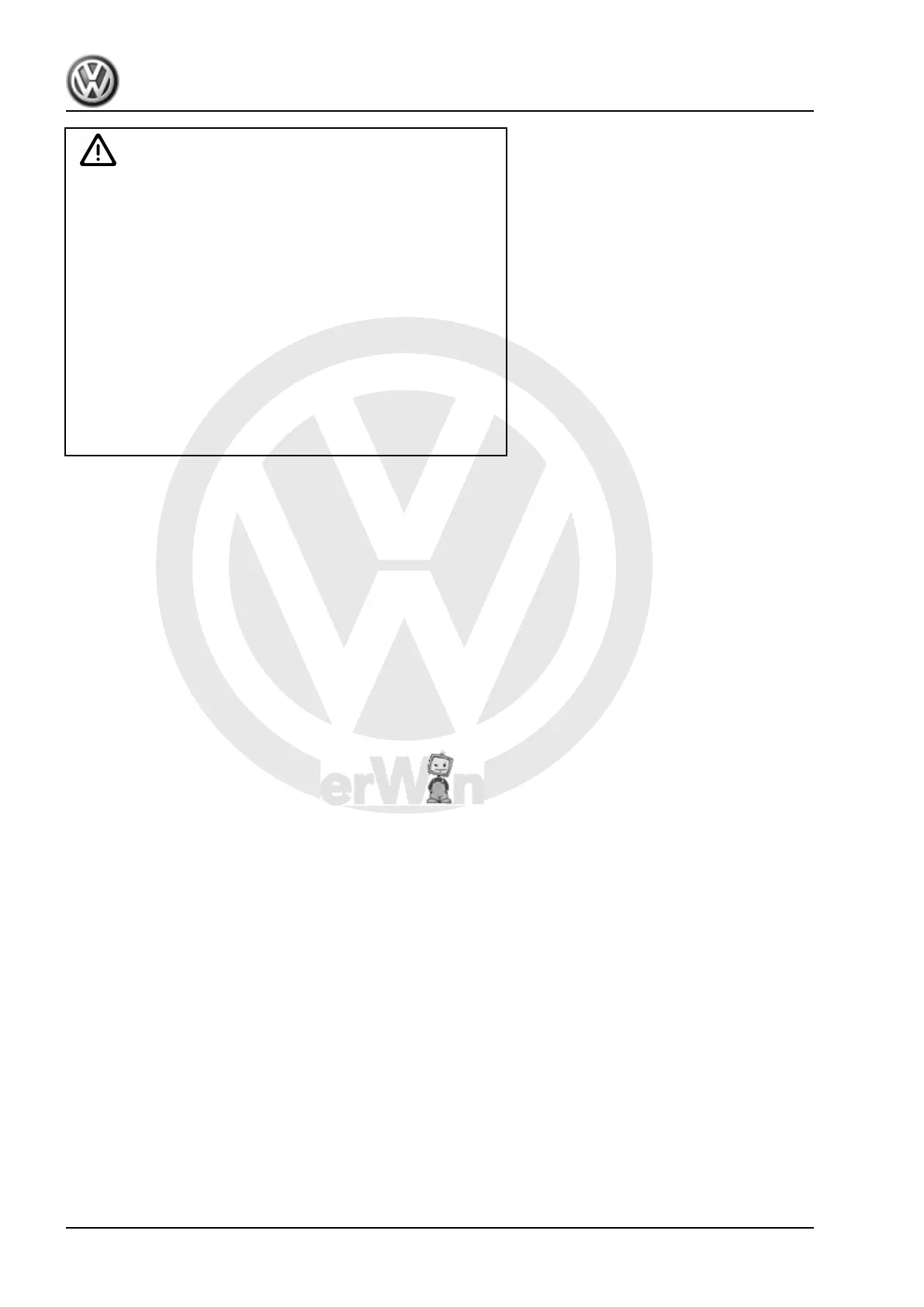